In 2015, the domestic smart phone industry is no longer crazy, because this year, there is no processor to choose from, the screen size and resolution of the mobile phone are also stalled, the mainstream is still 1080p. The biggest highlight of this year's high-end mobile phone hardware is fast charging, followed by interface changes. More and more manufacturers have chosen the USB type-c interface. Even companies like Apple that are not unusual have begun to adopt this interface. The situation of the mirco-USB interface is broken, so what is the USB type-c interface?
When it comes to the USB type-c interface (hereafter referred to as USB-C), the first thing you can think of is that the USB-C interface can be plugged in and out, which is very comfortable to use. Learn more about the possibility of supporting USB-C interface faster, reaching 5Gbps or 10Gbps, and some people may know that USB-C has 100W power supply capability. Readers who have read our news will also know that Intel's Thunder 3 interface is also used. The USB-C interface not only speeds up to 40 Gbps, but also transmits video and supports dual 4K output. In this way, the USB-C interface is simply against the sky, all kinds of omnipotence, really beyond the existence of all interfaces.
The misunderstanding of USB-C: In fact, it is only a physical structure specification, and it has nothing to do with speed and power supply.
In fact, the various advantages of the USB-C interface mentioned above have many misunderstandings. In some respects, the USB-C interface can do this, but the USB-C interface itself defines a completely new physical structure. Whether USB 3.0 or USB 3.1 or current USB 2.0, they can all be USB-C interfaces.
As for the 100W power supply, that is the USB Power Delivery specification, and the 100W output requires 20V/5A, the USB-C voltage is still 5V, and now it can't achieve 100W output.
There are also video output, those features are more advanced value-added, not only to see the USB-C interface, but also to see DP, HDMI and other specifications and vendor support.
USB-C: A mouthful of heavy mouth, ten thousand to be one
Why do you want to make a USB-C interface? We can check what the current USB interface is all about - USB is a universal serial bus interface, the word "universal" has indeed been done. Currently, the peripherals we use are the most convenient for USB devices, but with the replacement of the USB interface. In order to meet different market applications, the USB interface also derives Type-A and Type-B interfaces. These two interfaces are also standard, Mirco (many hard disk base is micro-B interface) and mini (smartphone, tablet) The most sub-category of this sub-category is that USB 2.0 and USB 3.0 mini and Mirco interfaces are not universal at all. Now it is the era of USB 3.1. If you continue this situation, it is estimated that you have to create a new interface, which is the name of the universal interface.
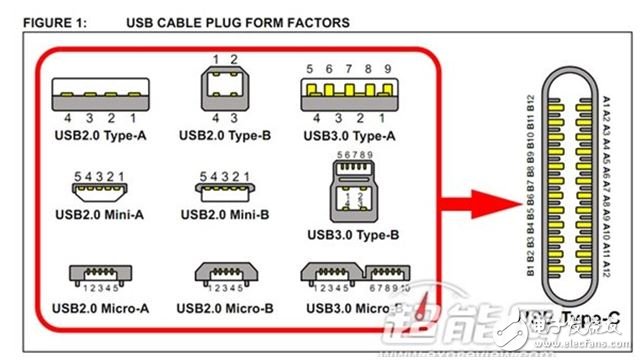
Although the USB interface is a general-purpose interface, there are more and more derivative versions, which is already inconvenient.
In this case, USB official organization USB-IF feels that it can't be done, and then it's all messed up. They don't forget the initial heart (big mistake), so they created the USB-C interface, which is defined as new. A generation of USB interface specifications, but also to adapt to mobile devices such as smartphones, tablets, and notebooks.
The USB-C interface is future-proof and adapts to multiple interface protocols, so it has a total of 24 pins, while the USB 3.0 interface is usually 9 to 11, and the USB 2.0 has only 4 pins. But don't worry, the increase in pins has not caused the USB-C interface to become larger. In fact, it has also reduced the size (relative to the standard port) to meet the needs of mobile devices.
We can use the USB-C interface as a "basket". The USB-IF redefinition of this basket is very clever. The aunts (USB 2.0) can take it to the market to buy food and use it as a basket. The girls (USB 3.1) also It can be used as a fashion item for shopping, and it has various advantages to be tapped.
Of course, USBC-C is good, but it is not without its drawbacks - if the following are considered to be shortcomings. The first is that USB-C is not compatible with other A and B interfaces. Secondly, it looks small, but the length and width of the USB-C interface are 8.6x2.4mm, and the USB 2.0 mini-B interface is 6.8x3.0mm, mirco- The B interface is 6.85x1.80mm, so it's actually a bit bigger.
The above "disadvantages" are insignificant compared to the advantages of the USB-C interface, and we should pay more attention to the advantages brought by the USB-C interface.
One of the advantages of the USB-C interface: positive and negative pluggable
100% of the users of the user's USB interface have encountered the situation that "the front side is not plugged correctly, the reverse side is not right, and the front side is plugged in correctly". I think that only this point USB-C is enough to replace other USB interfaces, because USB- C is both positive and negative, and the professional point is that the interface has no directionality.
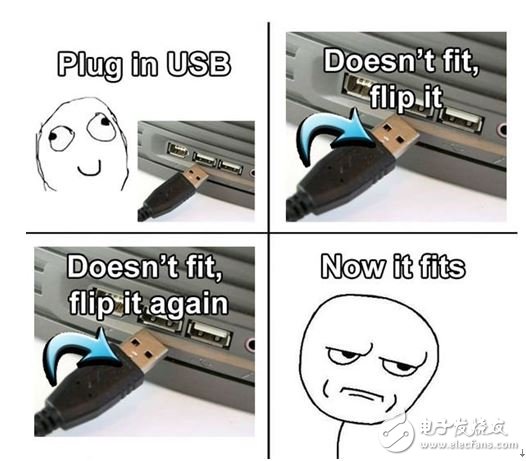
I dare say you have encountered this problem with the USB interface.
Fruit powder is also a factor of pride for Android users, because Apple's iPhone has long been designed like this, and the Lightning interface that iPhone 5 starts with can be plugged in without the need to recognize the front and back like the Android phone (worse Different manufacturers' mini USB interface design is also different, it is worthwhile to spit Xiaomi is that their mobile phone also makes the USB interface look as wide and wide, it is difficult to distinguish), it is much more comfortable to use.
The second advantage of USB-C interface: stronger power supply
Although it is said that the 100W USB power supply is not the same as the USB-C interface, the power supply capability of the USB-C interface is indeed enhanced. We know that the USB 2.0 supply current is 0.5A, and the USB 3.0 reaches 0.9A. 3.1 This aspect has not changed, but the current of the USB-C interface has not only 1.5A but also 3A optional (standard cable), the current that the interface can carry is actually 5A, so the theoretical power supply capacity is up to 25W, this is already higher than many QC 2.0 fast charge.
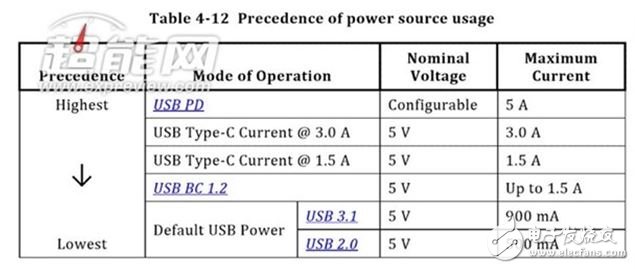
Of course, in fact, how much power supply capability a manufacturer can achieve is not necessarily the case. If the PD 2.0 specification can be achieved 100%, then the USB-C+USB PD 2.0 specification can really achieve 100W power output. Not to mention charging, there is no problem with the general notebook, Apple's NMB notebook only uses a USB-C interface to get.
In addition, the USB-C interface also supports bidirectional power supply, which can accept power from the charger and output current as a charger. Google's pro-son Nexus 5X/6P mobile phone has such a function. However, the function of two-way charging is USB-C, but it is not only that USB-C can do it. Huawei's Mate 7 and other mobile phones that do not use USB-C interface can also do this function and can be externally charged. .
USB-C interface three advantages: faster
We still have to go back to the transfer speed, although the minimum requirement for USB-C interface is USB 2.0 speed, but such a good interface is only a waste of USB 2.0, it can fully achieve USB 3.0 or even USB 3.1 speed standard. This depends on the choice of the manufacturer.
Apple used the USB 3.01 Gen1 standard speed on NMB notebooks, which is actually 5Gbps USB 3.0 speed. In the mobile phone, the Zuk Z1 of Lenovo Magic Factory is the first USB-C interface phone that supports USB 3.0 speed. Other manufacturers including Google's Nexus 5X/6P are still USB 2.0 speed.
Having said that, although the internal flash speed of the flash memory used by the smartphone is relatively high, the speed of connecting the computer is not so good. Most of the mobile phones have a good U disk, but the demand for USB 3.0 is not high, and USB 3.0 is not required. There is interference with the mobile phone signal. Samsung used USB 3.0 on Note 3. The result is not enabled by default. Later, the mobile phone directly canceled USB 3.0 support.
USB-C interface four advantages: can transmit video
When the USB-C interface was born, it was a favorite. It was not only the most popular among its own brothers, but other industries also took a fancy to the development potential of the USB-C interface, and they have extended the function of USB-C. Video electronic standards organization VESA has launched the "DisplayPort over USB-C" program in conjunction with USB-IF, which allows the USB-C interface to have DP video transmission function. It will be developed in the future. It is estimated that both the DP interface and the DP line can be given. replaced.

Here, the connector faucet Foxconn is taken as an example to list the main parameters of the type-c connector.
Foxconn connector main parameters
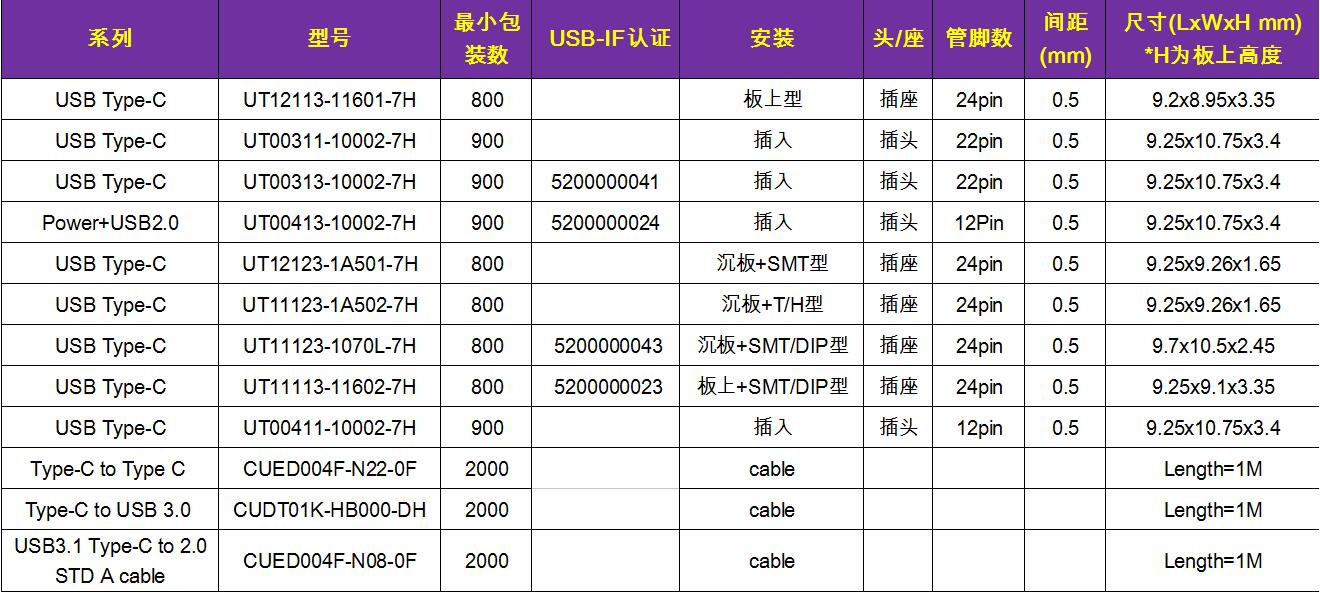
If you want to fully understand the details, you can get the specification and sample test from the link below.
Foxcoon Type-C connector data acquisition
UT12113-11601-7H
Specification download: http://pdf.elecfans.com/Foxconn/UT00411-10002-7H.html
Sample application: http://
Quote price: http://UT12113-11601-7H.html
UT00311-10002-7H
Specification download: http://pdf.elecfans.com/Foxconn/UT00311-10002-7H.html
Sample application: http://
Quote price: http://UT00311-10002-7H.html
UT00313-10002-7H
Specification download: http://pdf.elecfans.com/Foxconn/UT00313-10002-7H.html
Sample application: http://
UT00413-10002-7H
Specification download: http://pdf.elecfans.com/Foxconn/UT00413-10002-7H.html
Sample application: http://
UT12123-1A501-7H
Specification download: http://pdf.elecfans.com/Foxconn/UT12123-1A501-7H.html
Sample application: http://
UT11123-1A502-7H
Specification download: http://pdf.elecfans.com/Foxconn/UT11123-1A502-7H.html
Sample application: http://
UT11123-1070L-7H
Specification download: http://pdf.elecfans.com/Foxconn/UT11123-1070L-7H.html
Sample application: http://
UT11113-11602-7H
Specification download: http://pdf.elecfans.com/Foxconn/UT11113-11602-7H.html
Sample application: http://
UT00411-10002-7H
Specification download: http://pdf.elecfans.com/Foxconn/UT00411-10002-7H.html
Sample application: http://
CUED004F-N22-0F
Sample application: http://
CUDT01K-HB000-DH
Sample application: http://
CUED004F-N08-0F
Sample application: http://
USB-C interface can also be used as DP video output
In this respect, the faster one is Intel's Thunderbolt 3. When Intel released the Thunderbolt 3 standard in June this year, in addition to the speed increase to 40Gbps, another obvious change is to replace the previous mini with the USB-C interface. The DP interface can even support dual 4K outputs, and the performance is strong.
The USB-C interface used in Apple's NMB notebooks now also has DP output capability, supports native DP 1.2 output, and can also achieve VGA and HDMI output through the adapter.
With the expansion of other specifications, the USB-C interface may have more functions, and the above four points are already powerful enough. In 2015, more and more motherboards supporting USB-C interface, notebooks also broke ice on Apple NMB, and USB-C interfaces in smartphones and tablets have also begun to emerge. Let us see which phones and tablets use this interface.
Currently available USB-C interface mobile phone, tablet inventory
Tablet for USB-C interface :
If you remember correctly, the Nokia brand, Foxconn's N1 tablet is the first tablet to use the USB-C interface, but this tablet is too weak in the market. In the second half of this year, Dell's Venue 8, Venue 10 Pro tablet and HP's Pavilion x2 10 tablet have also used the USB-C interface.
USB-C interface phone :
The power of the USB-C interface on the mobile phone is more than the tablet, especially in the Chinese market. The first USB-C Android phone in China was actually launched by LeTV, a new mobile phone. After that, there was a mobile phone 2, a magical factory Zuk Z1, a millet phone 4c, a Google Nexus 5X/6P, a Microsoft Lumix 950/950 XL, etc. The USB-C interface is used, of which only the Zuk Z1 claims to support USB 3.0 speed, and the others are still USB 2.0. In addition, Googge's Neuxs 5PX/6P can also support two-way charging, and others have not yet followed up.
Or take the Foxconn type-c connector as an example to talk about the important factors to pay attention to when choosing a connector.
The first is the comparison of materials

Followed by the comparison of the design

Finally, the comparison of quality control
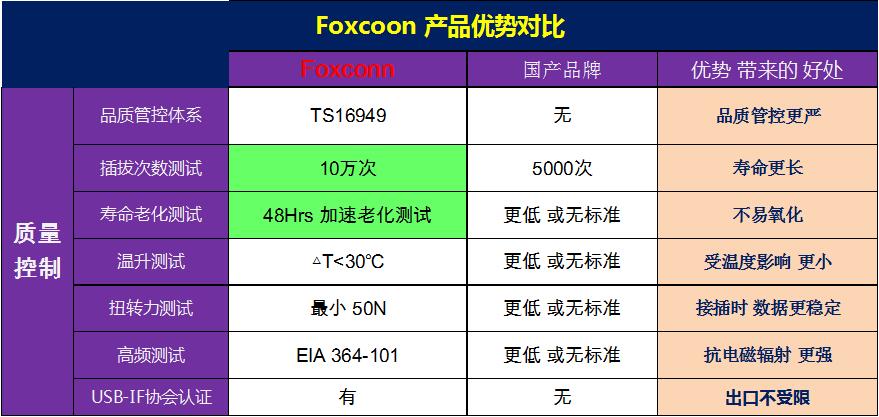
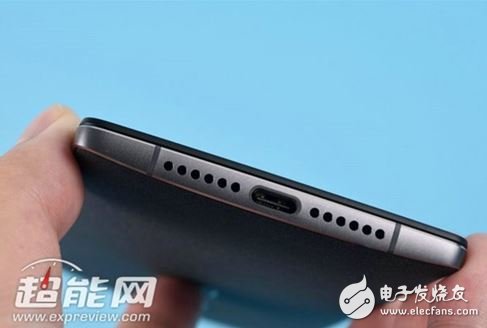
One plus 2 also supports USB-C interface
In general, the USB-C interface is the trend, not only for smartphones, but also for PCs, laptops, tablets and IoT devices. It is possible to upgrade to the USB-C interface, but that is the future. As far as the current USB-C interface is concerned, in addition to the convenience of forward and reverse insertion, there is no action in charging, high-speed transmission, etc. No matter how good they are, now upgrading the USB-C interface can only be a symbol. The meaning is greater than the actual meaning, and because the data lines are not universal, sometimes even more troublesome than convenience, this problem may be a problem before the large-scale popularization of the USB-C interface.
Application of low-frequency transformer:
1. Power Distribution Systems
Lower Frequency Transformer,Low Voltage Current Transformer,Low Frequency Audio Transformer,Low Frequency Drying Transformer,110v transformer
Guang Er Zhong(Zhaoqing)Electronics Co., Ltd , https://www.poweradapter.com.cn
